AZTERLAN
Knowledge Hub
Encuentra los diferentes desarrollos tecnológicos, invenciones, materiales, casos de éxito, proyectos de investigación, capacitación… desarrollados por el equipo de AZTERLAN.
¿Qué buscas?
Desarrollos y capacidades:
Diseminación:

Efecto del Cobalto en las propiedades mecánicas de las funciones de hierro con grafito esferoidal y alto contenido de Silicio
Con el objetivo de optimizar las propiedades mecánicas de la fundición de hierro de gratito esferoidal se están empleando diferentes

Estudio de la resistencia a la corrosión de recargues con mezcla de polvo realizados mediante LMD
Este estudio se lleva a cabo con el objetivo de demostrar la factibilidad del empleo de la tecnología LMD para
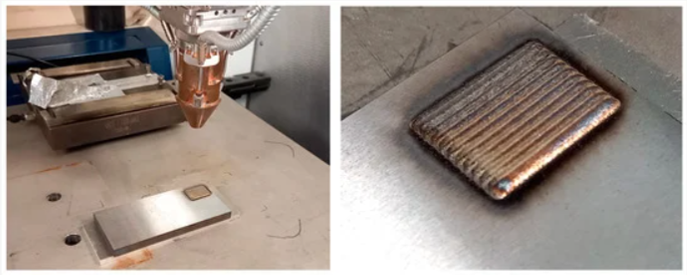
Influence of the Laser Deposited 316L Single Layers on Corrosion in Physiological Media
A multilayer laser-deposited lining of AISI 316L stainless steel makes a regular structural steel surface corrosion resistant in physiological media.
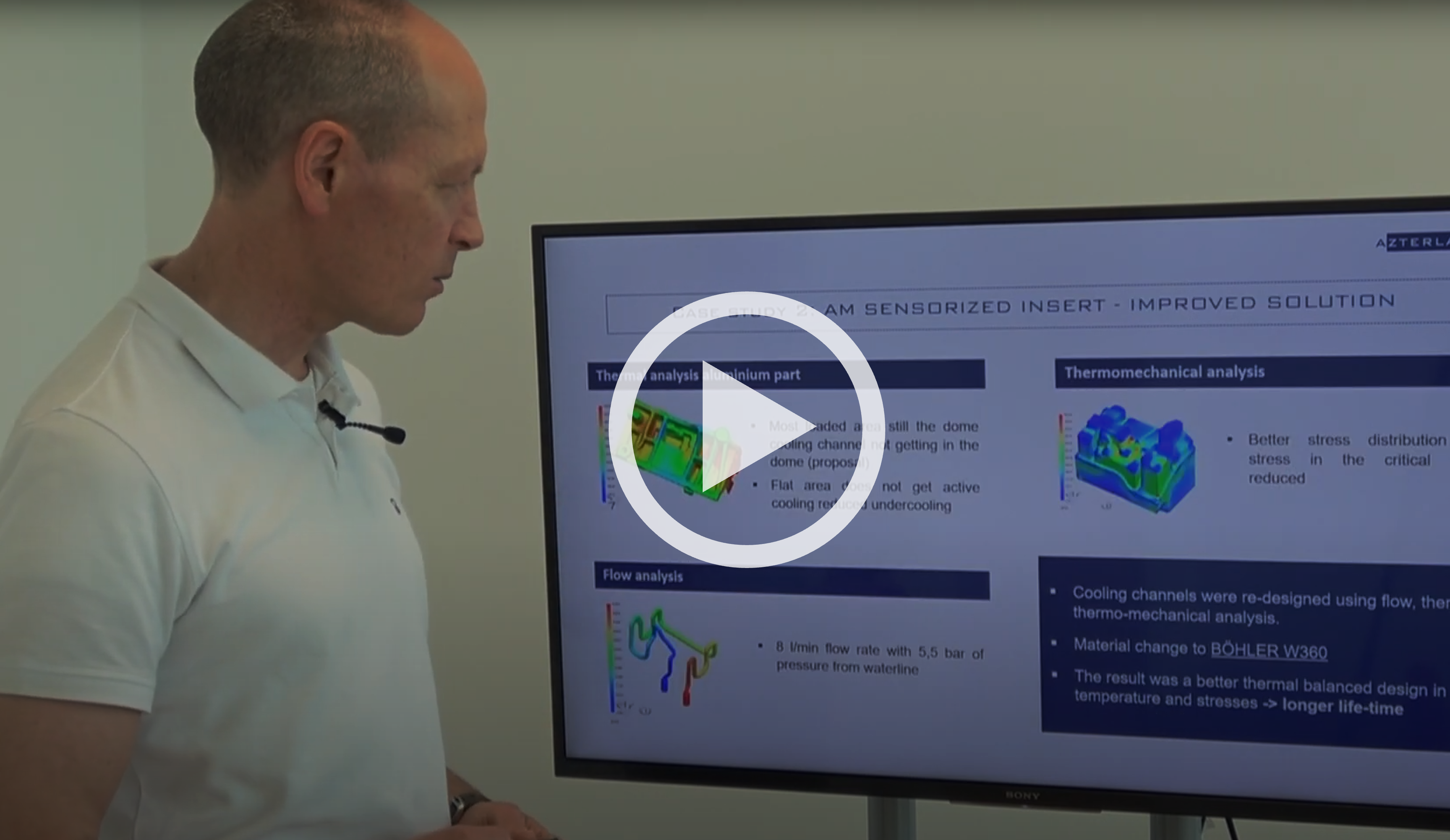
Additive Manufactured inserts for Industry 4.0 HPDC Foundries
Researcher Emili Barbarias explains two case studies regarding advanced monitoring and control of High Pressure Die Casting (HPDC) process developed
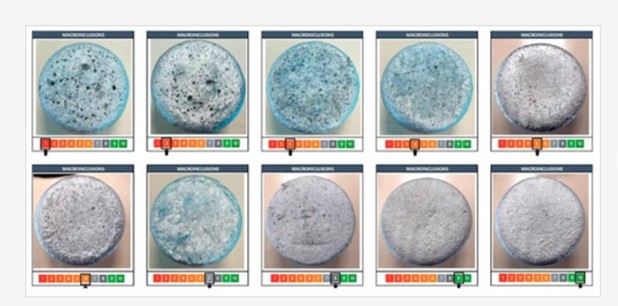
Comparative Study of the Metallurgical Quality of Primary and Secondary AlSi10MnMg Aluminium Alloys
The use of secondary aluminium is increasingly being promoted in the automotive industry for environmental reasons. The purpose of this
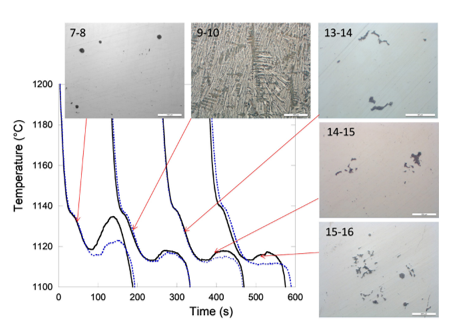
Successive steps of growth of compacted graphite in cast irons
Holding during 8 hours a melt prepared for casting SGI leads to fading of the spheroidizing treatment and thus to
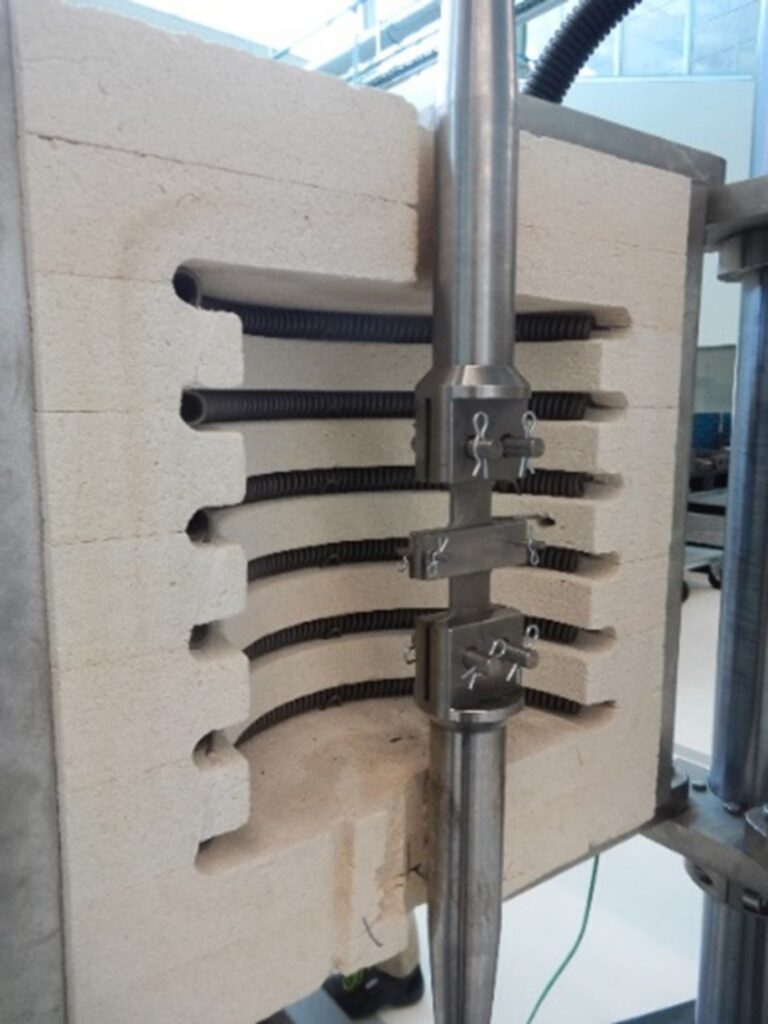
Formability study of 2198 aluminium alloy for hot stamping
The aim of the present work is to assess the formability of the 2198 aluminum alloy for hot stamping applications
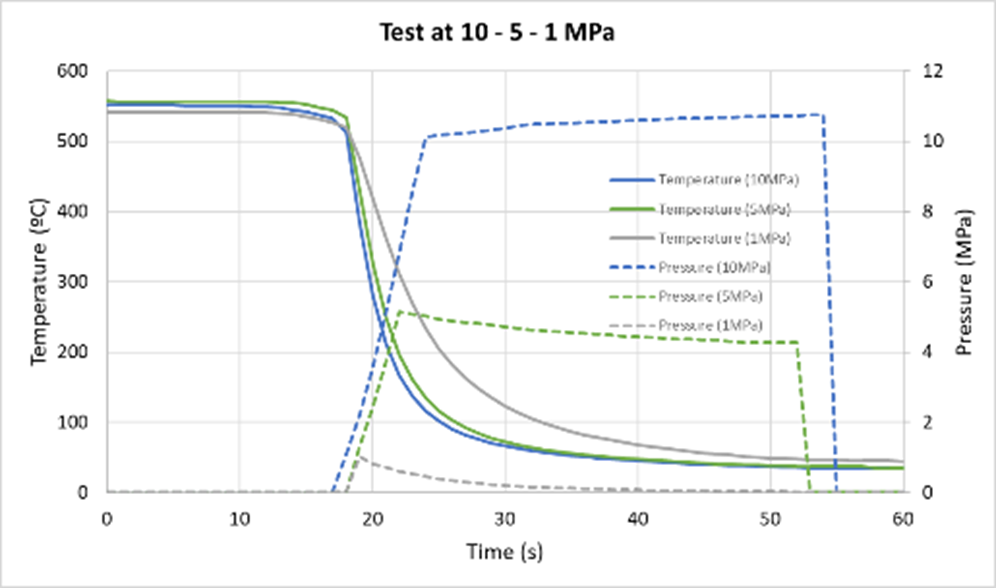
On the effect of testing setups on Aluminum alloys Interfacial Heat Transfer Coefficient Measurement
Sheet metal to die steel Interfacial Heat Transfer Coefficient (IHTC) is closely related to the cooling rate achieved in hot
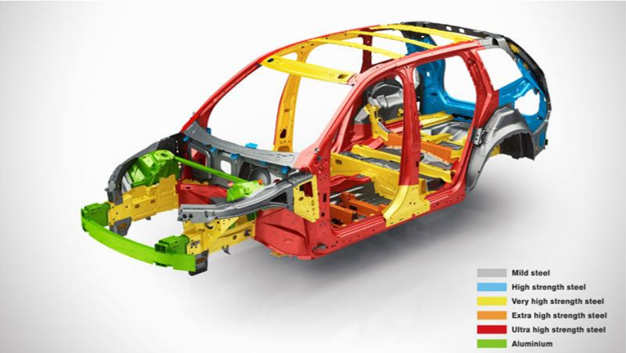
Evolución de la tecnología de estampación en caliente: una revisión bibliométrica
La industria automovilística actual requiere continuas innovaciones. Todos los días aparecen publicaciones sobre nuevos materiales o desarrollos orientados a conseguir
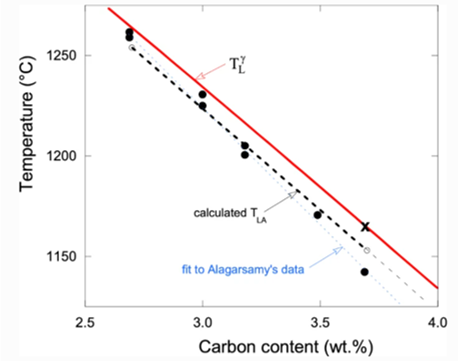
Is Thermal Analysis Able to Provide Carbon and Silicon Contents of Cast Irons?
The determination of silicon and carbon contents by thermal analysis is based on the recording of a cooling curve of
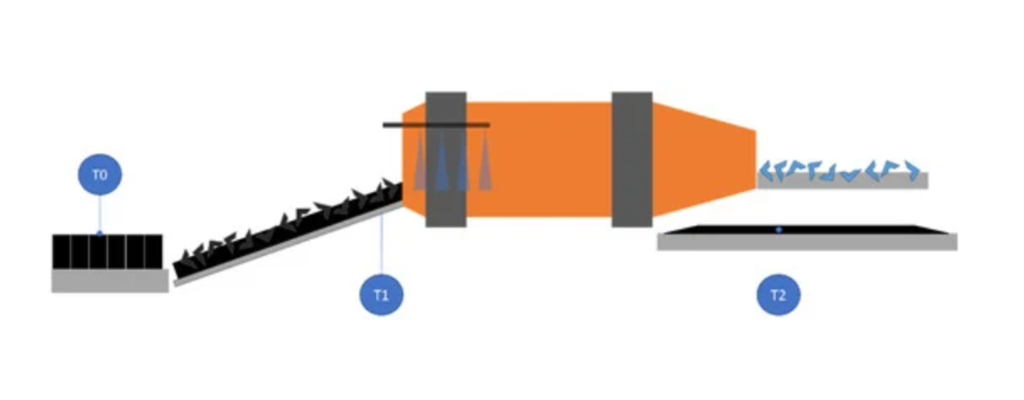
Gemelo Digital inteligente para estabilizar la arena de retorno sin el uso de enfriadores
In order to ensure the optimal state of recovered molding sand inside a foundry, it is necessary to avoid temperature
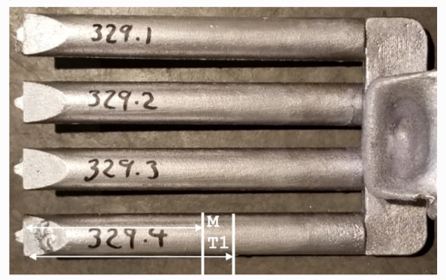
Optimización del la composición química y el tratamiento de aleaciones 5XXX and 6XXX para la tecnología de HidroSolidificación
One of the most interesting capabilities of ablation technology is its capability to manufacture uncastable alloys such as alloys of

Influence of the Holding Time in the Heating/Pouring Unit on the Metallurgical Quality of Spheroidal Graphite Iron
The final metallurgical quality of a ductile iron is determined by the components of the metallic charge, as well as

New ductile cast iron digital grades for automotive components
This research paper demonstrate that new cast iron grade materials can be developed aided by an expert digital twin (manufacturing

Melt Treatment Optimization of 5XXX and 6XXX Alloys for Ablation Technology
Ablation technology is an emerging casting technology which presents several advantages associated to the high cooling rate that strongly modify

Towards the Prediction of Tensile Properties in Automotive Cast Parts Manufactured by LPDC with the A356.2 Alloy
Aluminum-silicon-magnesium alloys are commonly used in the automotive industry to produce structural components. Among usual quality controls of produced castings,

